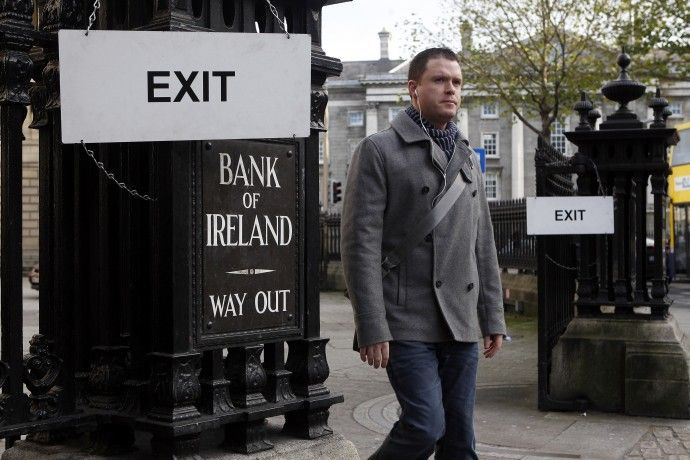S&P downgrades Ireland debt

Standard & Poor’s said it cut its long-term sovereign credit rating on the Republic of Ireland to 'A' from 'AA-' and its short-term rating to 'A-1' from 'A-1+'.
The lower ratings reflect our view that the Irish government will have to shoulder additional costs associated with further capital injections into Ireland's troubled banking system, explained S&P's credit analyst Frank Gill. We expect the government to be given access to a joint loan program extended by the European Union (EU) and the International Monetary Fund (IMF).
S&P indicated that were it not for this support, the sovereign rating would be under even greater pressure due to its view of the liquidity challenges posed by Ireland's banking system.
“At over three times GDP, Ireland's stock of domestic credit is among the highest in the eurozone, and will likely weigh on the timing and trajectory of a recovery of domestic demand over the medium term,” Gill added.
We think it reasonable to expect that the EU-IMF program currently being negotiated should help Ireland manage its downsizing of the commercial banks' balance sheets.”
S&P further said that the announcement of an external anchor in the form of an EU-IMF program might instill confidence in financial sector liquidity, but will in our view not reduce the government's large contingent liabilities or eliminate the negative macroeconomic pressures weighing on asset quality.
Moreover, S&P noted, with domestic demand in Ireland unlikely to recover until 2012, Irish gross debt-to-GDP at end 2011 looks set to exceed the agency’s previous projections of 120 percent of GDP.
“Due to the rigidities of Ireland's monetary framework and the uncertain outlook for external demand, deflation continues to represent a key risk to the government's tax receipts,” S&P explained.
S&P warned that there is the possibility of another downgrade if the negotiations over the terms of the IMF-EU program or over Ireland's 2011 budget fail to stanch wholesale funding outflows.
The outlook for future costs to the government from financial retrenchment remains uncertain, Gill said. In our view, Ireland's banking system will take several years to downsize.
Until then, S&P noted, the banking system is unlikely to be in a position to support the country's economic growth.
As a result of the high overhang of private debt, fiscal austerity, and the uneven outlook for external demand in Europe, S&P now forecasts “close to zero” nominal GDP growth for 2011 and 2012.
“We do not envisage GDP exceeding 2 percent a year in real terms before 2013,” S&P added.
© Copyright IBTimes 2024. All rights reserved.




















